The U.S. Navy has announced that a team of manned and unmanned assets spotted a mock surface target and then sent targeting information to the Arleigh Burke class destroyer USS John Finn, which then hit it with an SM-6 missile, yesterday. That live-fire event was one part of a huge drone-focused experiment that wrapped up today and that also included testing involving swarming capabilities, small drone boats, submarine-launched unmanned underwater vehicles, manned and unmanned platforms working together to conduct anti-submarine operations, and more.
Navy Rear Admiral James Aiken, the commander of the experiment, formally known as Unmanned Integrated Battle Problem 21 (UxS IBP 21), along with Rear Admiral Robert Gaucher, the Director of the Maritime Headquarters at U.S. Pacific Fleet, provided the new details during in a call with reporters on April 26, 2021. The exercise had officially kicked off on April 19.
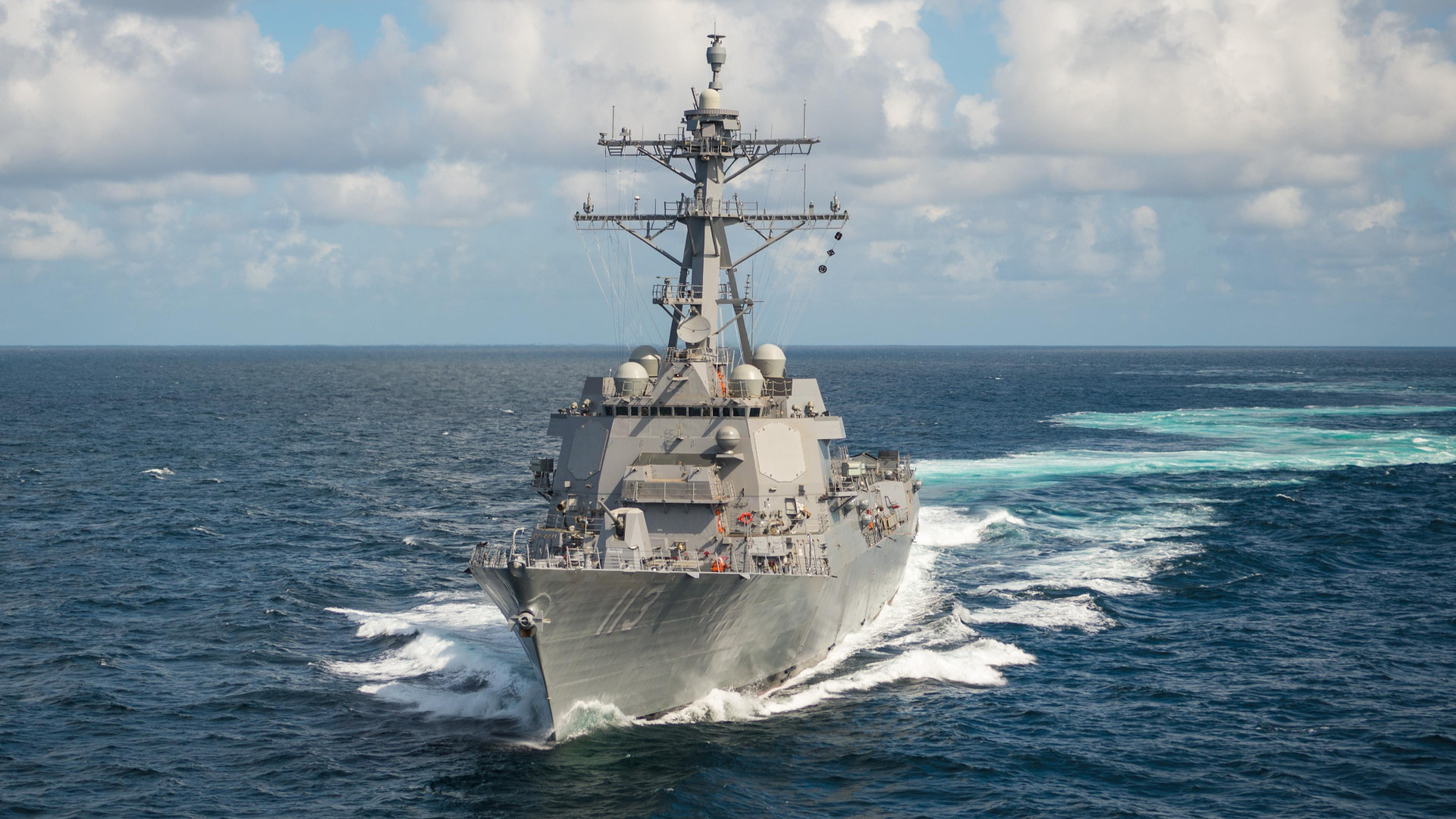
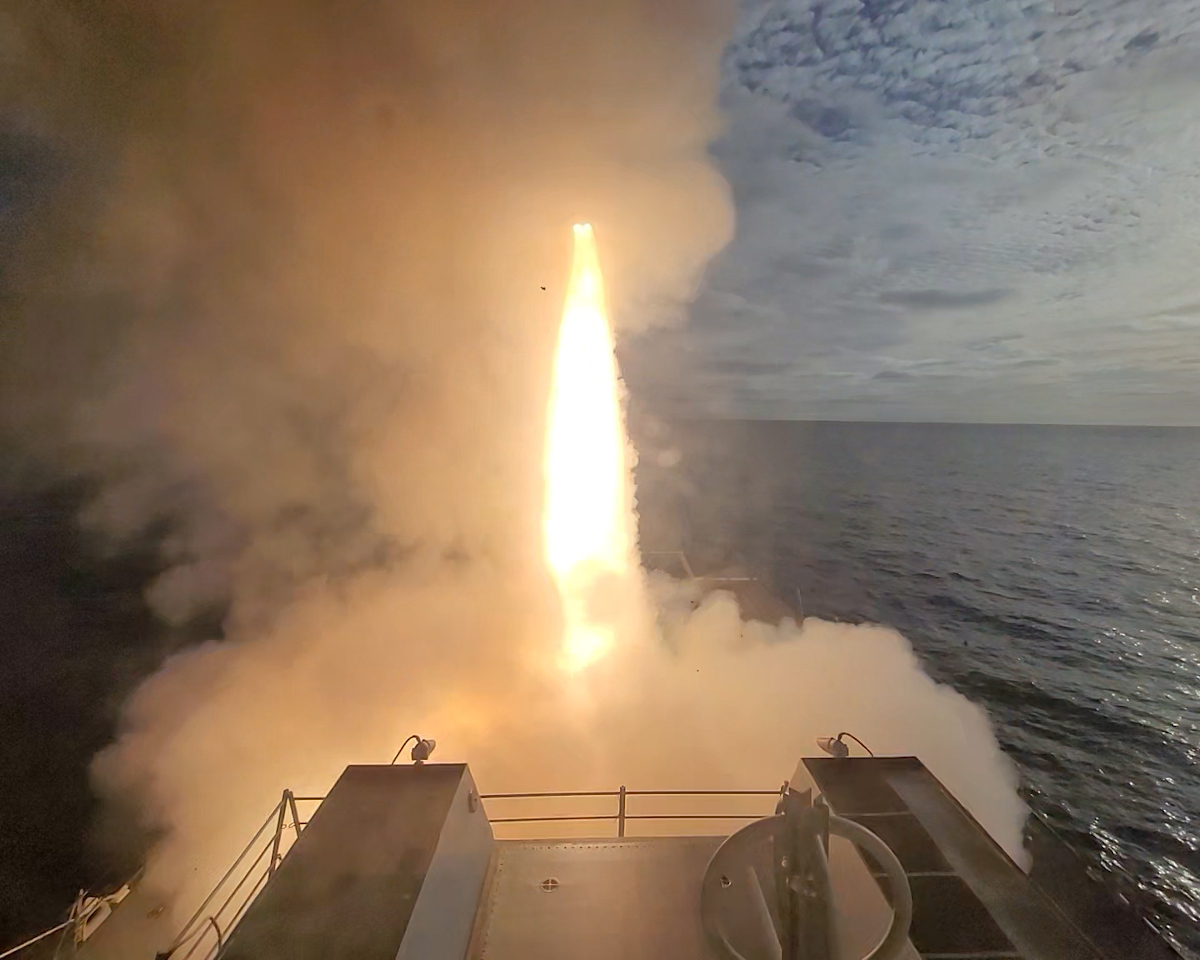
Rear Admiral Gaucher said a total of 29 different unmanned systems had taken part in the event, with approximately 50 percent of them being unmanned surface vessels (USV), around 30 percent being unmanned underwater vehicles (UUV), and the remaining 20 percent or so being aerial platforms. The Navy has not provided a comprehensive list of the unmanned assets that participated in UxS IBP 21, but we do know a wide range of designs, from more traditional drones, such as the General Atomics MQ-9B Sea Guardian, to various tiers of USVs and UUVs, and even high-altitude balloons, were involved.
From the very beginning, at least publicly, the Navy has been most excited about the live-fire missile shoot component of this experiment. The service “wanted to prove that that worked by actually testing that with a live-fire shot,” according to Gaucher.
The USS John Finn, one of four Arleigh Burke class destroyers taking part in the experiment, actually took the shot, though the Navy would not identify any specific systems that helped find the target or help cue the missile to it. Rear Admiral Aiken did say that the target that the SM-6 struck was “relatively small” and was “well-beyond line-of-sight” relative to the John Finn.
The target, which was brought to the target area by the San Antonio class landing platform dock USS Anchorage, had been fitted “with a radar reflector, as well as a repeater to allow us to have ES [an electromagnetic signature] on it was well,” Aiken added. Those features could have given the target radar and electromagnetic signatures more in line with a larger surface vessel. Perhaps more interesting, these features enabled the team of manned and unmanned assets, which included space-based sensors, to spot the mock enemy vessel and then provide targeting information to the John Finn without using any active sensors.
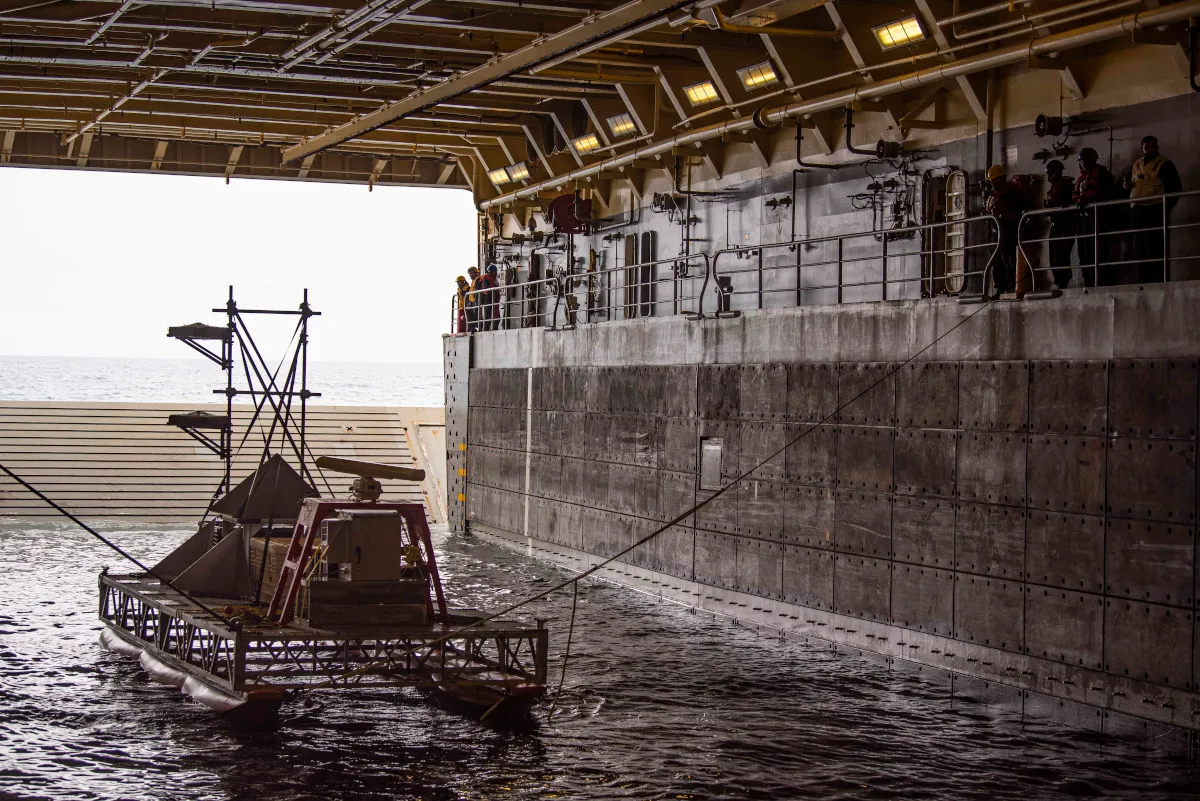
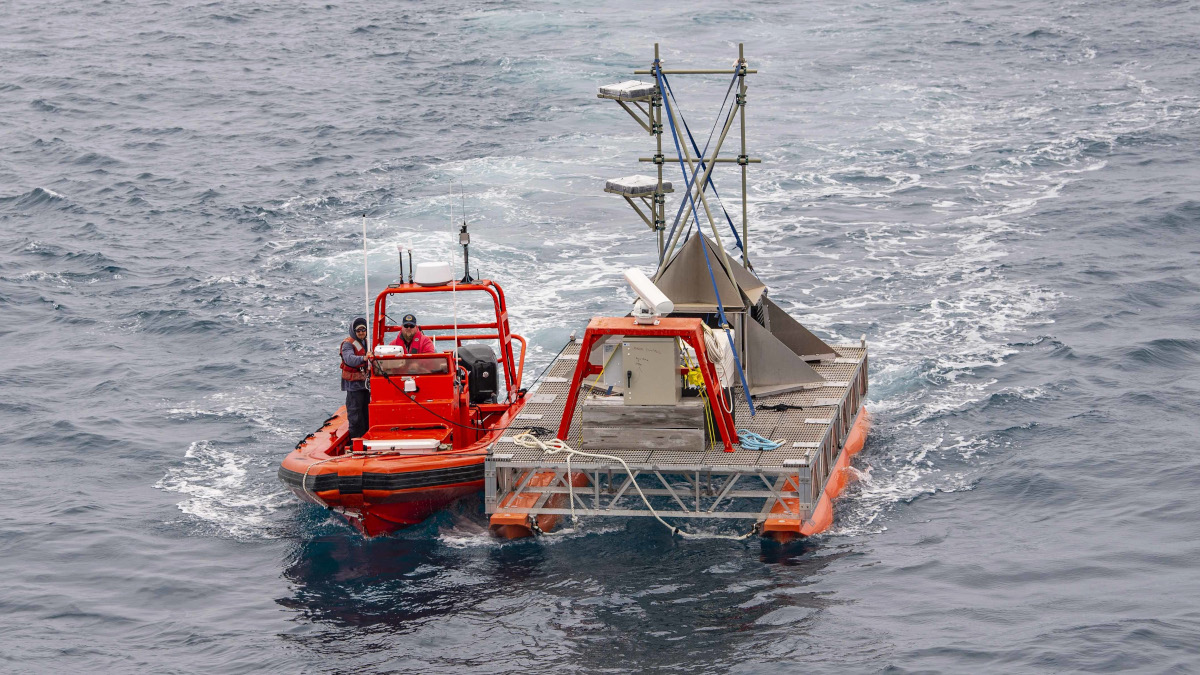
“It was a really, really complex” kill chain, Rear Admiral Aiken explained. “It was totally passive,” he continued, referring to the sensors employed, and “we used a fusing capability that we’re actually doing some experimentation on.”
Passive sensors do not emit any signals of their own, though the communications systems necessary to transmit the information that they collect would. Still, reduced emissions make it more difficult for an opponent to realize that they’re at least being surveilled, if not targeted, and even locating and attacking the emitting assets themselves. This all makes it more difficult for them to respond in a timely and efficient manner to any incoming attack. The Navy, as well as other branches of the U.S. military, have been increasingly looking at ways to mask the electromagnetic signatures of their own ships and other platforms, underscoring how these emissions can be a very serious liability in modern combat.
It’s also worth noting that this is yet another demonstration of the utility and flexibility of the SM-6 series of missiles, which is rapidly emerging as one of the Navy’s most capable surface-launched weapons, as you can read about more here. Though designed primarily as an air and missile defense weapon, this missile also has a secondary surface-to-surface capability, as was on display in this experiment. A new, enlarged Block IB variant is now in development that will offer even greater capabilities in existing and new roles, including potentially as a hypersonic weapon interceptor. The U.S. Army is also in the process of adapting the SM-6 into a land-based surface-to-surface weapon.
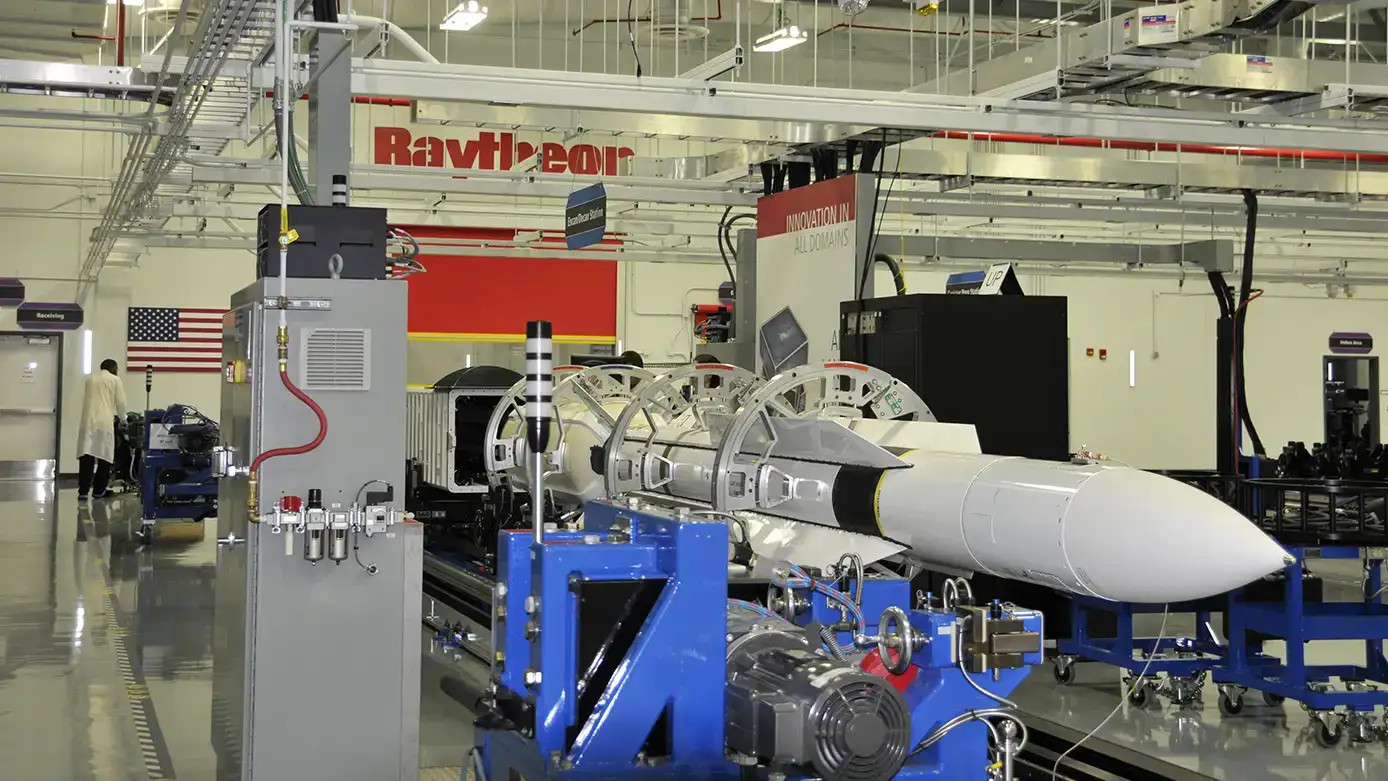
However, the missile shoot was only one part of this seven-day exercise. Rear Admirals Aiken and Gaucher both said that unspecified swarms were used to carry out mock attacks on a surface vessel. They did not say whether this involved drones in the air, USVs on the surface, UUVs below the waves, or some combination thereof, or how much of these swarms might have been simulated in some fashion as has occurred in other experiments.
We do know that what was identified as a U.S. Marine Corps’ Long-Range Unmanned Surface Vehicle (LRUSV), which has been linked to swarming technology development projects in the past, did take part in UxS IBP 21. The LRUSV program has been described in the past as a multi-part “tiered, scalable weapons system,” at least some elements of which will be “optionally manned and they will carry multiple payloads, which they will be capable of autonomously launching and retrieving.” A recently released update on the Marine Corps progress on its radical force restructuring initiative, known as Force Design 2030, included “Long Range Unmanned Surface Vessel with associated swarming drones” in a list of “Prioritized Investments.”

Of course, LRUSV is just one of a number of unmanned swarming projects that we know are ongoing within the Department of the Navy, such as the Office of Naval Research’s Super Swarm initiative. One Super Swarm test involved the release of 1,000 small drones from a C-130-type cargo plane.
We know that there is similar work being conducted elsewhere across the U.S. military, as a whole, not to mention projects that may still be classified. There were certainly other unmanned technologies present at UxS IBP 21, such as the tiny ADARO drone boat, that seemed well-suited to operating in swarms.
Rear Admiral Gaucher also specifically said that an unidentified submarine-launched and recovered an Iver4 UUV from one of its torpedo tubes, highlighting another unmanned capability that the Navy is looking to make increasingly greater use of. The boat in question was likely the Los Angeles class attack submarine USS Hampton, the only manned submarine the service identified as being among the UxS IBP 21 participants.
The torpedo-shaped Iver4 has a cruising speed of four knots, can dash for short periods at up to five knots, and operate autonomously for up to 36 hours, depending on its configuration. These UUVs, which you can read more about here, can carry with various sensors to perform intelligence, surveillance, reconnaissance missions.

The Navy also highlighted how an MQ-9B performed various anti-submarine warfare (ASW) missions, including dropping sonobuoys and relaying data from them to other ships and command and control nodes ashore. These were capabilities General Atomics, the MQ-9B’s manufacturer, demonstrated last year in earlier tests. In this experiment, Rear Admiral Gaucher noted that the drone was able to help keep monitoring a particular area for underwater threats even after a manned P-8A Poseidon maritime patrol plane had to return to base, underscoring a specific manned-unmanned teaming concept that the service has been exploring already.
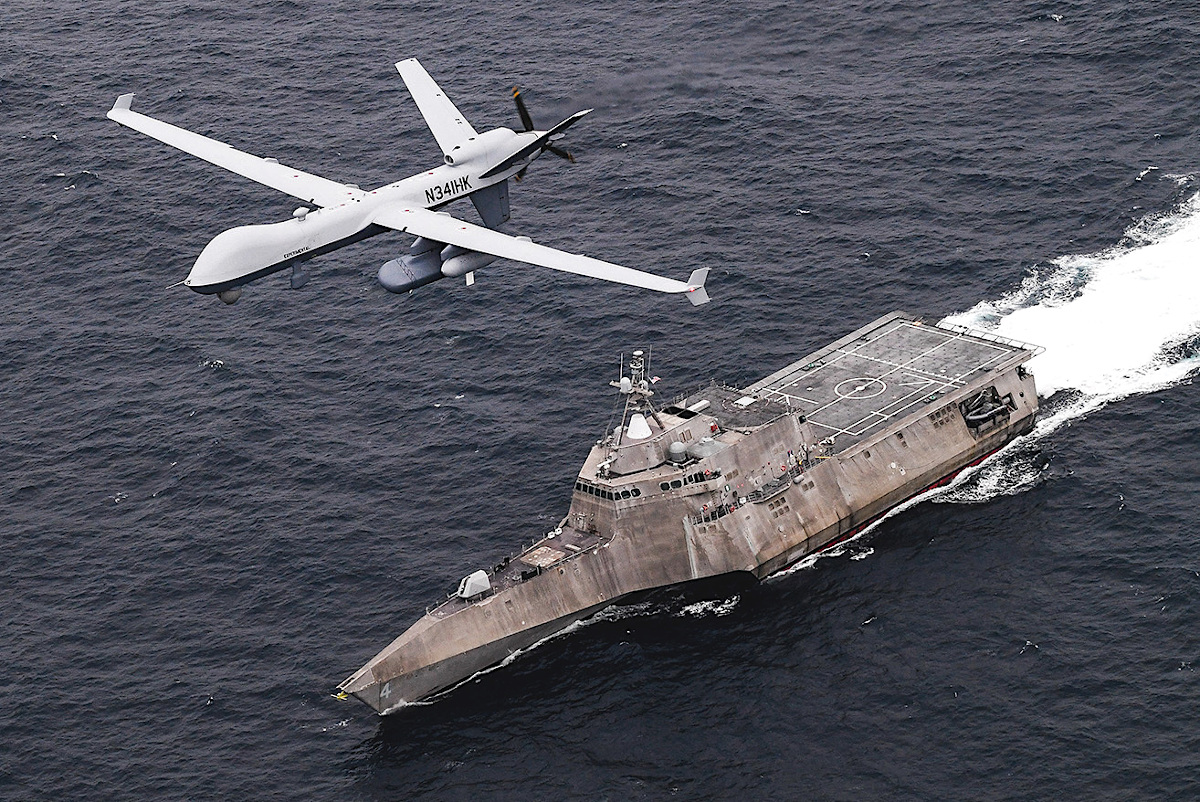
During the ASW portion of the experiment, one of the Navy’s two Medium Displacement Unmanned Surface Vessels (MDUSV) also searched for underwater threats using a towed sonar array. Helping hunt for submarines, and then persistently tracking them, across broad areas was one of the original roles envisioned for these drone boats, the first of which was developed under a project led by the Defense Advanced Research Projects Agency (DARPA), before being turned over the Office of Naval Research. Both MDUSVs are now assigned to a developmental unit, Surface Development Squadron One, which is also set to eventually be the home of all three Zumwalt class stealth destroyers.
The second of those ships, the USS Michael Monsoor, also took part in UxS IBP 21, sporting a huge, temporary additional satellite communications antenna mounted on its rear deck. “The SATCOM dome is being used during the exercise to test advanced processing and communications capabilities aboard the ship,” the U.S. Navy’s Third Fleet’s public affairs office said last week, confirming The War Zone‘s initial analysis.
All told, the experiment was a “success against what our objectives were,” according to Rear Admiral Gaucher. At the same time, he was the first to acknowledge that the Navy still has a lot of work to do in more deeply integrating unmanned capabilities into its operations in the air, on the surface, and under the water.
“Truth in advertising, not everything went perfect,” he said. “We had to adjust in stride.”
As it stands now, the Navy is looking at taking the lessons it has learned from this event and applying them to the use of unmanned systems in future exercises. Another large-scale event along the lines of UxS IBP 21 could be coming sometime in the next year or two, as well.
Whatever the exact steps the Navy takes going forward, this particular experiment was a major step forward in the service’s plans for an increasingly unmanned future.
Contact the author: joe@thedrive.com
